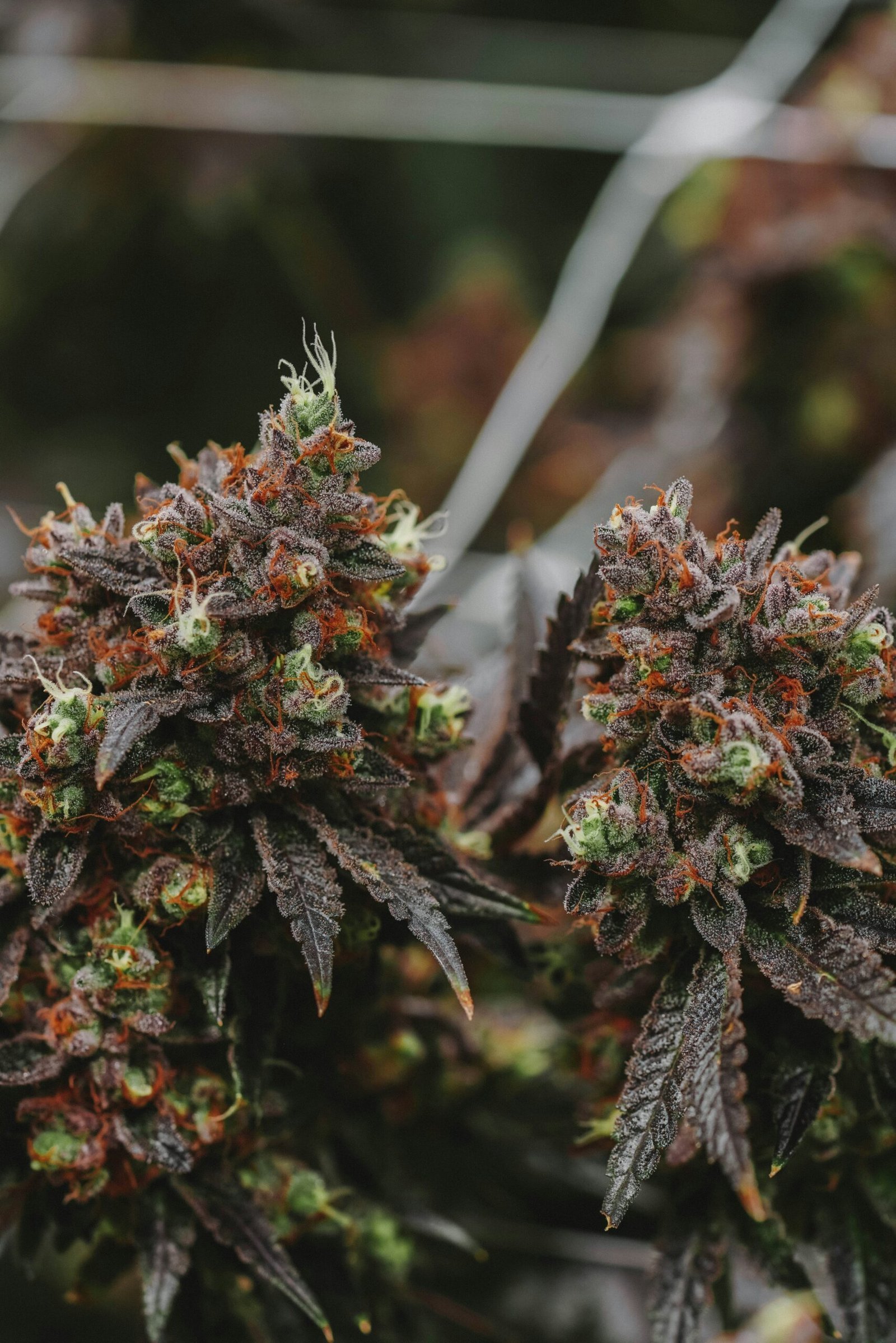
Introduction to Indoor vs. Outdoor Growing Cannabis Growing
Indoor vs. Outdoor Growing, When embarking on the journey of cannabis cultivation, one of the primary decisions a grower must make is whether to grow indoors or outdoors. Each method carries its own set of benefits and challenges, and the choice can often hinge on various factors, including personal needs, local laws, and environmental conditions.
The history of cannabis cultivation dates back thousands of years, with outdoor growing being the traditional method practiced by ancient societies. This technique harnesses the power of natural sunlight, air, and soil to nurture plants. Over time, advances in agriculture and technology have enabled the evolution of indoor growing. This modern approach utilizes artificial lighting, climate control, and hydroponics to create optimal growing environments, independent of external weather patterns.
The decision between indoor and outdoor growing can depend significantly on geographical location. In regions with favorable climatic conditions and longer growing seasons, outdoor growing is often preferred. The natural benefits of sunlight and open air can lead to robust plant health and substantial yields. However, growers in areas with less predictable weather might opt for indoor setups to ensure consistent growing conditions year-round.
Local regulations also play a pivotal role in shaping a grower’s choice. Some jurisdictions have stringent laws governing cannabis cultivation, necessitating that plants be grown indoors to ensure security and comply with legal standards. Conversely, in areas with more relaxed regulations, outdoor growing can flourish, potentially minimizing costs associated with indoor setups.
Finally, personal preferences and specific cultivation goals cannot be overlooked. Indoor growing offers precise environmental control, which can suit those seeking to maximize potency and yield through meticulous adjustments. In contrast, the natural growth patterns and outdoor ecosystem can appeal to those prioritizing sustainability and lower operational costs.
Understanding the historical context and advancements in cannabis cultivation, along with considering local regulations and personal needs, is crucial in determining the most suitable growing method for any aspiring cultivator. This blog post will delve deeper into these considerations, allowing you to make an informed decision between indoor and outdoor growing.
Pros and Cons of Indoor Growing
Choosing to grow cannabis indoors offers distinct advantages and disadvantages. One of the most significant benefits is the ability to control the growing environment fully. An indoor setup allows cultivators to manage light, temperature, humidity, and CO2 levels meticulously, creating optimal conditions for plant growth. This leads to higher yields and better quality harvests compared to some outdoor operations.
The potential for year-round growing is another major advantage. Unlike outdoor growing, which is season-dependent, indoor cultivation can proceed continuously, unaffected by external weather conditions. This allows for multiple harvests within a year, maximizing production capabilities and ensuring a consistent supply.
Security is notably improved in an indoor setup. Growing cannabis indoors minimizes the risk of theft and reduces the exposure to curious neighbors or potential vandals. Furthermore, indoor environments encounter fewer pest problems and diseases, contributing to healthier plants and reducing the need for chemical pesticides.
However, indoor growing also has its drawbacks. The initial setup and operational costs are typically higher than outdoor growing, due to the need for specialized equipment such as grow lights, ventilation systems, and climate control devices. These essentials require a substantial investment and knowledge to optimize.
Energy consumption is another critical concern. Maintaining the required light and temperature levels indoors can lead to significantly higher electricity bills. Moreover, indoor cultivation demands sufficient space, which can be a limiting factor for urban growers or those with restricted living areas.
A notable example of indoor growing success is the case study of Green Thumb Industries, a cannabis company that has optimized climate control, lighting, and hydroponic systems to achieve consistent, high-quality yields. Conversely, growers like Mary, who faced challenges with high operational costs and limited space in her city apartment, highlight the potential obstacles within indoor growing.
Important factors such as appropriate lighting, proper climate control, and choosing the right growing medium are critical for thriving indoor cultivation. Balancing these elements effectively requires both investment and expertise, underscoring the complexity and commitment needed to excel indoors.
Pros and Cons of Outdoor Growing
Outdoor growing of cannabis has several significant advantages, making it an attractive option for many cultivators. One of the primary benefits is the lower cost associated with this method. Unlike indoor growing, which demands significant investments in equipment such as grow lights, ventilation systems, and climate control, outdoor growing harnesses the power of natural sunlight. This not only reduces energy bills but also allows plants to grow under conditions that more closely mimic their natural environment.
Moreover, outdoor growing can result in potentially larger yields. The lack of space constraints found in indoor setups allows plants to grow taller and spread out more, leading to more substantial harvests. Additionally, outdoor soil ecosystems, when properly managed, can promote healthy root development and nutrient absorption.
Despite these advantages, outdoor growing comes with its own set of challenges. One of the most significant downsides is the vulnerability to environmental factors. Unpredictable weather changes, such as heavy rains, frosts, or droughts, can severely impact the health and yield of cannabis plants. Moreover, outdoor crops are more susceptible to pest infestations. Insects, rodents, and other wildlife can devastate cannabis plants if not adequately controlled.
Another consideration is the requirement for suitable land. Cultivators need a location with ample sunlight exposure, good soil quality, and adequate drainage. Geographical considerations are also crucial; areas with long growing seasons, mild climates, and consistent sunlight are ideal for outdoor growing. In contrast, regions prone to extreme temperatures or excessive rainfall may pose significant risks.
Timing and soil quality are essential factors. Planting at the right time of year ensures that cannabis plants will flower under optimal conditions. Additionally, amending the soil with the right nutrients and maintaining a balance of natural predators can help manage pests and support healthy crop development.
While numerous successful outdoor grows have demonstrated the viability of this method, there are also many instances where adverse outdoor conditions have negatively impacted cannabis crops. These mixed results highlight the importance of careful planning, monitoring, and adaptability for anyone considering outdoor growing.
Making the Right Choice: Factors to Consider
When deciding between indoor and outdoor growing, several key factors need careful consideration to ensure that your cultivation efforts are both productive and satisfying. Here are some pivotal points to help guide your decision-making process:
Climate and Weather Patterns
The local climate is one of the primary determinants when selecting indoor vs. outdoor growing. Outdoor growing is heavily influenced by regional weather conditions. If you live in an area with a mild climate and consistent sunlight, outdoor cultivation can indeed be advantageous. However, regions with harsh winters, heavy rainfall, or extreme temperatures may not be conducive to outdoor growing, pushing the scale towards an indoor setup. Indoor environments offer greater control over temperature, humidity, and light, enabling year-round cultivation irrespective of external weather conditions.
Legal Restrictions
Local laws and regulations also play a significant role in determining your growing method. Certain regions have stringent regulations regarding outdoor cultivation, primarily due to concerns about visibility, security, and environmental impact. On the other hand, indoor growing might have its own set of regulatory challenges, particularly relating to energy consumption and ventilation. Always ensure that your chosen method complies with local jurisdictional laws to avoid legal issues.
Budget Constraints
Financial considerations are another critical aspect. Outdoor growing typically involves lower initial investments as it relies on natural elements. In contrast, indoor growing can be capital-intensive due to the need for artificial lighting, climate control systems, and space considerations. However, indoor growing may offer a quicker return on investment due to the potential for multiple harvest cycles in a year.
Personal Preferences and Goals
Your personal objectives, such as whether you are growing for personal use or for commercial purposes, also affect your choice. Home growers might prioritize low-maintenance and cost-efficient methods, making outdoor growing appealing. Conversely, commercial growers often require a controlled environment to optimize yield and quality, making indoor growing a more viable option.
Below is a helpful checklist to evaluate your specific circumstances:
- Analyze local climate and determine if it supports outdoor cultivation.
- Review local laws and regulations regarding cannabis cultivation.
- Assess your budget and how much you are willing to invest initially and ongoing.
- Define your growing goals (personal use vs. commercial production).
In summary, technology and innovation in the cannabis cultivation landscape have introduced hybrid growing techniques. These methods combine the best aspects of both indoor and outdoor growing, such as using greenhouses that benefit from natural sunlight while maintaining a controlled environment. By thoroughly evaluating these factors, you can make a well-informed decision that aligns with your specific needs and circumstances.
For a great Outdoor Strain We suggest Gorilla Glue #4, It is a very stable plant that can adjust to many growing conditions.


